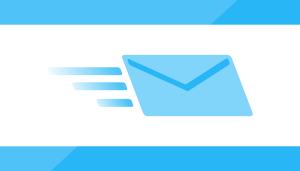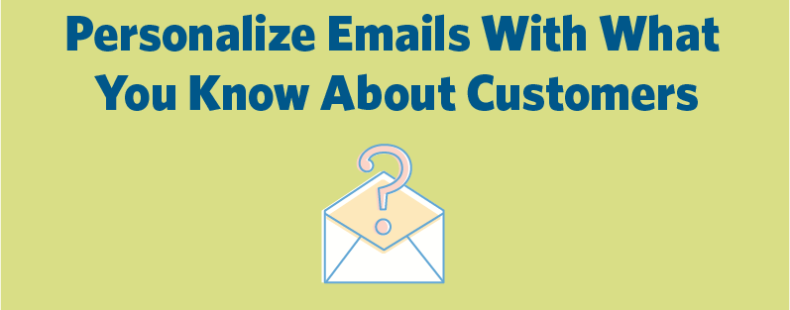In my work with entrepreneurs and business students, I often hear marketing strategies explained as "having social media," "having an online brand," or "advertising a lot."
These explanations make me cringe because, while they might be part of a plan, they grossly oversimplify the deeper and more complex concepts behind a truly effective marketing strategy.
In order to explain and help others understand marketing--namely the differences between marketing, advertising, and branding--I ask them to apply each of these concepts to themselves personally. When you do, this is what it would look like.
Marketing is how you see yourself.
Marketing is the image that you are trying to present to others. It starts with how you dress, the colors and patterns you choose, and how you groom. We all have a strategy for this--yes, everyone, including your unkempt second cousin who rarely showers and wears the same Star Wars shirt he's worn since college.
Even not having a strategy for your personal appearance is a strategy itself.
You choose your image to portray yourself as a business professional, a punk rocker, a tech nerd, etc., and by doing so, you are expressing to others through your appearance your character, lovable attributes, and in the end, the value you offer to others.
It isn't fun to admit that appearances are as important as they are, but let's be honest, first impressions are driven by appearance. Impressions can evolve and be molded later, but as we all know, they require time and effort to change, so we do our best to get it right up front.
For a business, a marketing strategy considers how you want others to perceive your company. It should convey the vision and values of the business and express these in a way that the public will recognize and associate with your company.
How you "dress" your company will determine how effectively your message and image will be accepted by consumers.
Advertising is how you act in public.
If marketing is how you see yourself, advertising describes your actions.
How you carry yourself, where you hang out, and what you say are just as important as how you look. All of this should be considered with your marketing strategy to assure that you have consistency between your image and your actions.
For instance, imagine that you wear a New England Patriots jersey and get a "I Heart Tom Brady" tattoo, but during the Super Bowl, you cheer for the Philadelphia Eagles and celebrate their victory. You will confound--and probably infuriate--all of your friends and likely be exiled from future Sunday game days.
Your business advertising strategy is the same. If you execute it in the wrong places, with the wrong message and tone, at the wrong times, or to the wrong audience, it will ultimately confuse consumers and could turn them away.
Branding is how others see you.
While marketing is how you want others to see you, branding is how they actually do.
Your marketing strategy should assess and consider your personal brand. If you have a strong brand, you can spend more time building on it. If you have reputation problems, however, you need to focus on rebuilding or changing perceptions.
As an example, if your professional network believes you to be a fraud or slacker, then it will require more than just dressing professionally and mastering your LinkedIn profile to change this perception.
Similarly, from a business standpoint, understanding how consumers perceive your business is crucial for how you decide to execute a marketing and advertising strategy.
Now, I understand I just oversimplified complex marketing concepts--exactly what I critiqued at the beginning. I find, however, that applying these concepts to ourselves creates an effective and simple way to explain how each concept can and should be applied to your business.
What other methods or analogies do you use to simplify and explain the differences between marketing concepts? Please share your valuable insights with others below in the comments.
Source: https://www.inc.com
Image Credit: Getty Images
ABOUT WNFP
Westchester Networking for Professionals (WNFP) is a business organization focused on providing our members and guests with an extraordinary networking experience, bringing business professionals together for the sole purpose of generating new relationships and developing new business opportunities. Not a member, learn how you can become a member and join this awesome group of professionals to connect and grow your business.
Stay Connected with WNFP!

















